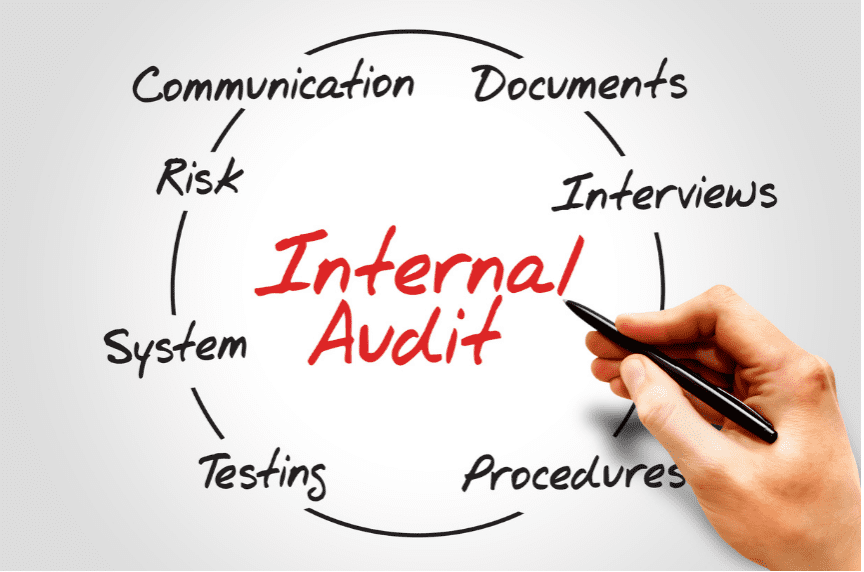
- ISO 9001 systems can fail when ignored, rigidly adhered to, or misaligned with a company’s operations, highlighting the importance of using the standard it as a living, adaptable tool tailored to organizational needs.
- Internal audit processes must be robust, proactive, and aligned with evolving needs to minimize external audit non conformance findings while ensuring compliance with ISO requirements.
- Continuous improvement, training, and integration of ISO 9001 as a quality improvement framework are critical to addressing systemic issues and enhancing the value of ISO management systems.
ISO 9001 certification is a significant milestone but not a panacea. Effective use of ISO 9001 involves adapting the system to organizational needs, addressing systemic issues, and avoiding pitfalls like ignoring procedures, clinging to outdated processes, or mis-applying the system. Companies must treat ISO 9001 as a dynamic framework to improve over time, focusing on learning from mistakes and evolving with changing business contexts.
ISO 9001 is designed to help you improve consistently over time. When you notice that certain decisions frequently lead to the same mistakes, the quality management system should guide you to develop a structured process to address those errors. If specific types of accidents occur too often, the system encourages you to analyze their root causes and redesign processes to prevent their recurrence. For example, if lightning poses a hazard, you might install lightning rods. The principle is the same for other recurring issues.
However, these improvements are not automatic. You must identify what went wrong and implement the necessary changes to prevent future occurrences. ISO 9001 provides the framework to support this effort. Over time, the system helps you learn from mistakes and apply corrective measures, leading to continuous improvement. While progress requires patience and effort, the goal is a gradual reduction in recurring problems. Of course, some random, isolated accidents may still occur. But when ISO 9001 is applied effectively, you should see a noticeable decline in systemic issues. The key challenge lies in ensuring the system is used correctly to achieve these results
Similarly, upgrading internal audit processes is vital to reinforcing the efficacy of ISO systems. Internal audits should identify gaps, generate actionable insights, and reduce the likelihood of external audit findings. Cross-training auditors across standards like ISO 9001, 14001, and 45001 can enhance competence and ensure compliance with integrated management systems. A thorough multi-year review of internal audit findings, compared against registrar audits, can reveal training needs and systemic issues requiring attention.
Is your organization’s internal audit process as effective as it could be? How many findings, observations, and opportunities for improvement (OFIs) does it uncover? Much like companies striving to improve their safety protocols by addressing near-miss incidents, an effective internal audit process should regularly identify ideas, opportunities, and potential risks to help prevent external findings. If your internal audits typically yield only a few observations each year—an experience that is quite common—there is likely room for significant improvement.
A great starting point for enhancing your internal audit process is to conduct a multi-year review of the findings, observations, and OFIs identified by your internal audit teams. This data should be organized into a matrix, broken down by the relevant clauses of applicable standards. By comparing these internal results to the registrar’s findings during the same periods, you can pinpoint areas where your internal team might be overlooking issues. This analysis can also highlight where additional training is needed to align your internal audits more closely with external expectations.
The integration of robust internal auditing and the proper application of ISO 9001 can transform quality systems from static compliance tools into dynamic enablers of organizational excellence. By embracing continuous improvement, fostering a culture of proactive auditing, and aligning systems with organizational goals, companies can fully leverage ISO standards to drive long-term success.
Read the full article on when ISO faills
Read the full article on upgrading the ISO Internal Audit Process


Leave a Reply
You must be logged in to post a comment.